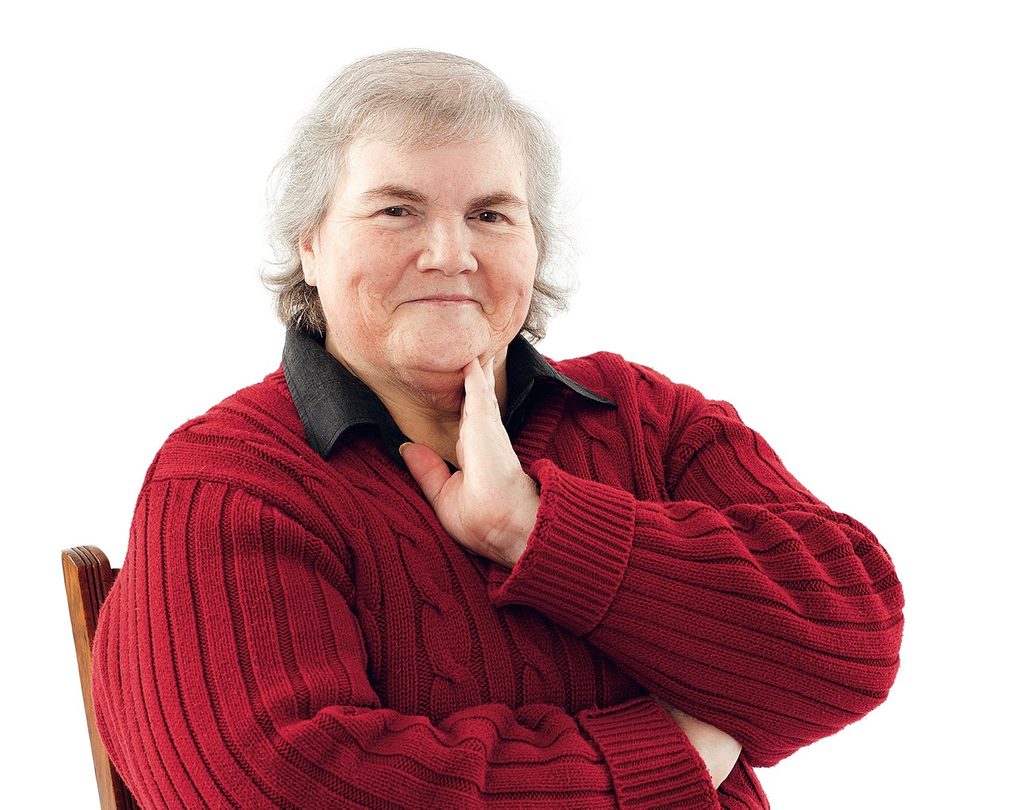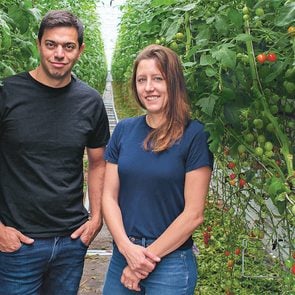This Canadian Organization Sends Care Packages to Families in Remote Areas

The packages include everything from food to clothing to basic living essentials.
Eleven dollars and change for canned tomatoes. A penny short of $19 for a box of Minute Rice. Over $100 for a case of bottled water. When Jennifer Gwilliam stumbled upon a Facebook group called Feeding My Family in early 2014, she was horrified. The page, on which residents of remote northern communities post pictures from their local grocery stores, details the shocking prices some Canadians pay to put food on their tables.
“The posts were constant,” Gwilliam says. “People were desperate for food.”
The 60-year-old Vancouver Island resident had spent decades volunteering for humanitarian outreach groups, giving time to organizations that helped AIDS orphans in Africa establish micro-businesses, for example. But she hadn’t realized just how many families were struggling to stay fed within her own country.
A report released by the Nunavut Food Security Coalition in May 2014 found that nearly 70 per cent of the territory’s Inuit households experience moderate to severe food insecurity—more than eight times the national average. They’re unable to regularly access and afford nutritious meals because northern climates don’t lend themselves well to growing fresh produce, the price of groceries is prohibitive and shipping costs to the North run exorbitantly high. In Nunavut, households spent an average of $19,760 on food from 2007 to 2008—the Canadian average is less than $8,000—and yet nearly half of Inuit adults had earned less than $20,000 during that period.
Five years ago, the federal government launched Nutrition North Canada, an annual $60-million subsidy meant to offset residents’ food costs. But a November 2014 report from the Auditor General revealed flaws—for one, the government hadn’t tracked whether the subsidies had actually translated into savings for consumers.
Gwilliam had started her own group, Helping Our Northern Neighbours (HONN), a few months prior to the release of the report. On the organization’s Facebook page, individuals and teams sign up to donate food, clothes and basic living supplies to remote communities in the territories and the upper reaches of British Columbia, Saskatchewan, Manitoba and Ontario. HONN has about 1,200 households awaiting donations, and of those, roughly two-thirds have previously received at least one box.
Some donors choose to send a single box, while others sponsor families or food banks, committing to give an average of four packages a year. Households seeking sponsorship can get a referral from community workers in their areas, then flag which items they need most. While many ask for food, Helping Our Northern Neighbours has also shipped material for parkas and birthday boxes for kids.
For Repulse Bay, Nunavut, resident Candy Ivalutanar, receiving a food box can mean her kids don’t go to school hungry. The 33-year-old bus driver supports her husband and their two young daughters on a single income. Prior to receiving donations, her grocery bills sometimes reached nearly $1,000 a week—close to double her weekly salary.
Since joining HONN in 2014, Ivalutanar has formed a friendship with her sponsor, 68-year-old Barbara Senft of Prince George, B.C., with whom she chats over Facebook every week. “She’s family to me,” Ivalutanar says. “I would like to meet her one day, to thank her in person.”
Gwilliam hopes these kinds of conversations will foster understanding between disparate communities. To that end, the organization is working with local groups to set up programs that residents feel will work best for them, whether it be food banks, soup kitchens or co-ops.
HONN’s founder realizes her initiative is a Band-Aid solution and stresses the need for more effective government intervention. But in the meantime, she is focused on the positive: “This is a good learning experience for everybody,” she says. “It’s a way to bring our country together.”
Next, read about Break the Divide, an organization connecting teens worldwide to build empathy and change.






